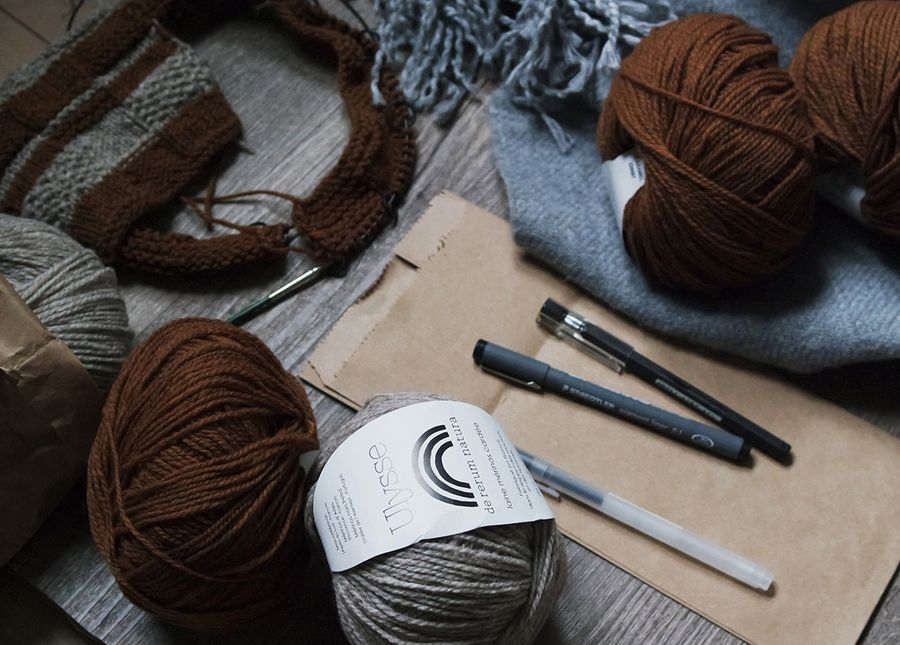One of the first things you’re going to discover when you start researching residential care is that there’s a maze of costs and charges to get your head around. It’s complicated at first, but once you understand the basics you’ll be in a good place to start making some decisions.
To make it as clear as possible, let’s go step-by-step through all the various charges.

The basics: Daily Care Fee
Let’s start off simple. Everyone in residential care pays a government-levied basic daily fee. Depending on your assets and circumstances, it may be the only fee you’ll pay. It’s set at 85% of the single pension, and goes up twice a year in line with pension increases.
So far, so easy.
Where it gets complicated: RAD and DAP
The other main component of your accommodation charges is the Refundable Accommodation Deposit (RAD) – this is what used to be known as a bond. It’s a one-off lump sum that you pay to the aged care home and that you (or your estate) get back at the end of your stay.
If, for whatever reason, you choose not to pay a RAD, you can pay this component by a Daily Accommodation Payment (DAP) instead – essentially the RAD paid by monthly installments. This, added to your Daily Care Fee, is what you’ll see on the invoice from your residential home each month if you choose this option.
And, to add another level of difficulty, you can also pay a combination of RAD and DAP – if you do this there are many different ways you can cut it, and you will probably want to get some professional advice.
And that’s it! Sort of…
These two components – the Basic Daily Fee and the RAD/DAP/combination – will represent the lion’s share of your expenses once you enter residential care. If you can work that out, you’ll have a very good starting point.
But when you’re estimating your budget, don’t forget to take into account the other potential drains on your wallet.
Other fees and charges
Besides the main care fees, there are other costs that you may incur. There’s an additional means-tested care fee – whether or not you pay this will depend on the results of your assets assessment by Centrelink.
You may need to pay additional service fees for extra bells and whistles at your residential care home, or you may elect to pay a higher rate for a more luxe standard of accommodation. Pedicure at noon? Why not! These charges should be made clear to you before you sign your contract.
Some homes may charge capital refurbishment fees to help cover the cost of renovations. It’s a good idea to inquire about this when you’re doing your research.
All those little extras
Remember: life doesn’t stop when you move into residential care. You’ll still want to go out for lunch, get a haircut, buy presents, indulge in a massage, even go on a holiday. (Yes, your family/friends should be shouting you lunch, but that’s another story.)
If you love splurging on books on Amazon, make sure you give yourself a shopping allowance. Mobile phone contracts, new eyeglasses, pharmaceuticals – all the incidentals you need to budget for in your everyday life at home, you’ll need to take into account in a residential aged care home.
Even though we’ve tried to make this as clear as possible, we admit: it can be pretty complicated. It’s a really good idea to speak with a financial advisor before committing to a aged care home, to make sure you’re fully across all the costs and understand exactly how you’re going to cover them.
Learn more about the costs of residential care

Get financial advice and guidance for transitioning family members to an aged care facility
Clarity Aged Care Advisors, in partnership with DailyCare




